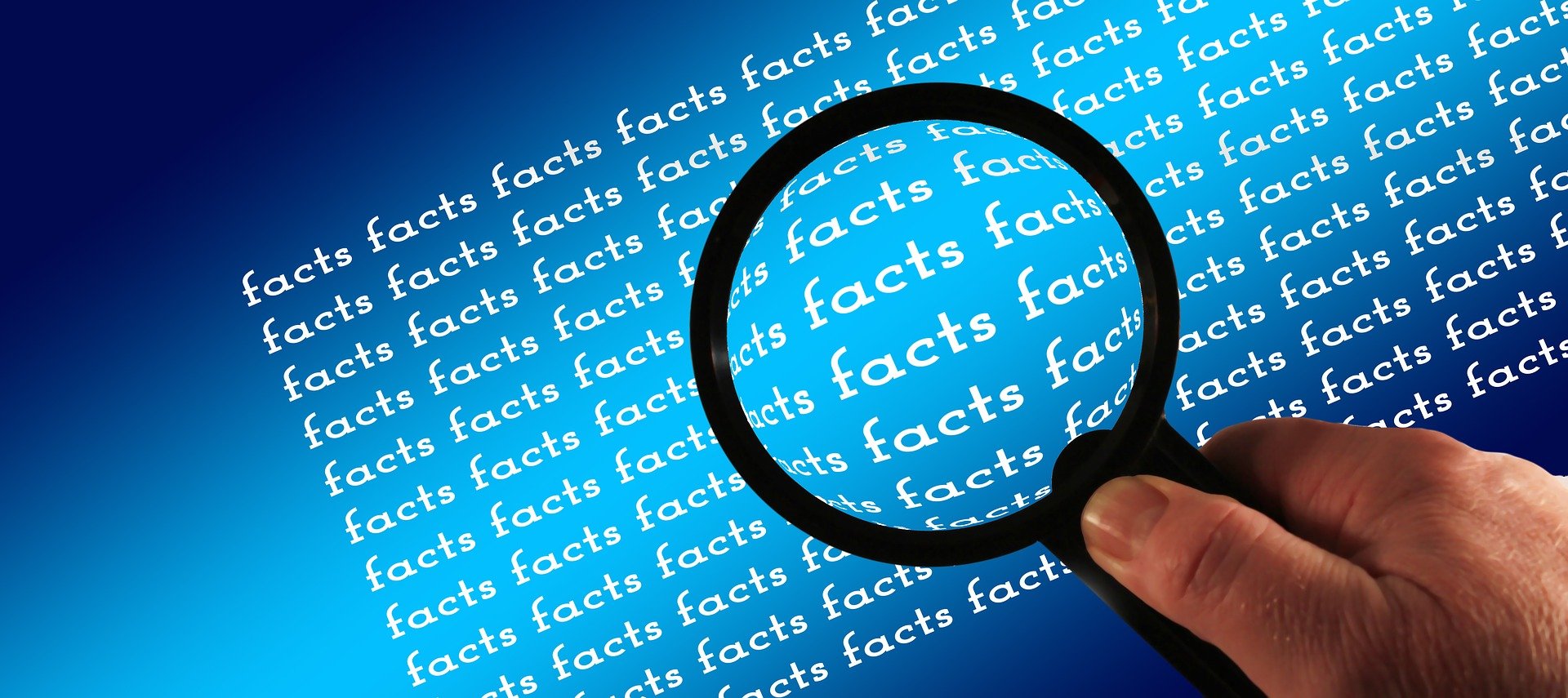The perfect brief requires keen investigation and shrewd fact-gathering. The better facts we gather, the better story we can tell the judge, and the more persuasive our brief. No brief can exceed the quality of its facts—so invest in finding the right facts. Unfortunately, in law school we learn to present facts like a news reporter, but not to find them like an investigative journalist.
Being a Good Investigative Journalist
Before practice, all facts are given to us, from exams, to Legal Writing assignments and Moot Court competition. Our only job is to spot the issues and apply the law to the facts in the assignment.
But in practice, we must find the facts before we can develop the case and write the brief. The better our fact-finding and analysis, the greater our odds of winning.
How to Develop Facts
Developing facts requires us to be curious and strategic. First, we look for facts that help us defeat our opponent’s claims. Then we use those facts to win the commonsense case or the fairness case.
We have three ways to develop our facts:
- search the Internet
- visit the site
- listen carefully during interviews and depositions
1. Search the Internet
The first thing we should do when we become involved in a case is analyze the website of the other party. Often, information helpful to our case will appear on that website.
Example: Our client used to work for Mega Gym, but he quit and opened Small Gym across the street. Mega Gym has sued him for violating a non-compete clause. Their lawyer wants a Temporary Restraining Order or Mega Gym will suffer “irreparable harm.” On the Mega Gym website, we discover that Mega Gym has 1,300 gyms and claims to have brought good health to “millions worldwide.” These facts support our position that Mega Gym will not suffer “irreparable harm” while the issues work their way through the court system.
Tip: After we annotate our opponent’s website, we should check it a few weeks later to see if anything has changed. Anything now different or missing suggests that our opponent considers that information damaging. And if he later pretends that information never existed, we have already documented its existence. By the same logic, we should analyze our own client’s website and be prepared to counter any weaknesses, but not change them.
2. Visit the Site
Getting out of the office seems to be the hardest part of gathering facts for most lawyers, but this is where the best facts often lie—out there somewhere.
We visit the site not because we think we will find something, but because we never know what we will find. It will never look and feel like what we imagine. And it will reveal facts not found in the police report, pictures taken at the scene, or eye-witness accounts. The physical attributes of the scene will suggest clues we can get nowhere else, no matter how uninteresting the “scene” might seem.
Example: Our client was hit by a driver running a red light. Liability is not an issue, but the impact broke our client’s back, sending him to the hospital for six days, and landing him in a full back-brace for three months. The driver has no insurance, and our client’s Underinsured Motorist coverage is for the minimum $25,000—leaving a $145,000 gap for medical bills alone. Who will pay for the damages?
Though visiting the scene might not change the outcome with the uninsured motorist, it might reveal other helpful facts. If we visit the site soon and at the same time of day the accident occurred—6:30 a.m., we notice things like the sun glaring into the intersection. A passerby tells us the light is new and that many local residents protested its installation because they thought it was unnecessary and difficult to see with the sun. The city put it up anyway. We also notice that the city has not installed the retro-reflective borders on the traffic signal’s backplates, which would make the light more visible. Now we have a bigger defendant. One with insurance. But none of this is in the Police Report or witness statements.
3. Listen Carefully During Interviews and Depositions
When you interview a client or depose a witness, listen for two categories of words; they are the key to working your way into the most persuasive facts:
- conclusions
- abstractions
Conclusions are merely opinions, so they count for little, unless the witness is an expert. Cold is a typical conclusion. When the deposed says it was cold, we ask, “How cold?” because we can’t picture cold. Fifty-two below zero is a fact, and we can picture it. So can the judge when we put it in our fact statement.
An abstraction is not an opinion, but we still can’t picture it, like “password coding systems” or “space age materials.” We don’t know what the deposed means, so again, we must ask.
Tip: Opponents will usually answer with conclusions and abstractions because they want to answer our questions without telling us anything. Our client and anyone who supports our client will answer with conclusions and abstractions because they don’t know what we need to support the case we imagine. So listen closely to everyone for words like difficult, and be ready to develop that conclusion into a fact.
A true story: Lead counsel at a defendant insurance company deposed the head of his client’s IT Department. During the deposition, the engineer answered one question with: “It was a difficult transition.” Difficult is a conclusion, the engineer’s opinion. The lawyer asked what the engineer meant by difficult. The engineer said that while shifting all insurance policies onto a new system, they had to continue processing 2.4 million claims. That’s a great fact. Another Tip: Ask the deposed to compare his conclusion to something else. When the lawyer asked the engineer what he would compare difficult transition to, the engineer said, “It was like trying to change the tires on a car going 60 miles an hour.” That sentence went in the lawyer’s brief.
Be Curious
The greatest attribute a litigator can possess is curiosity—without it we are not driven to dig deeper.
Over the years, we’ve learned three curiosity questions to keep in the back of our litigator’s mind and bring out when necessary; they will jumpstart any conversation with most clients:
- What is this?
- What does it do?
- How does it work?
If those yield results, follow with: What is it made of? How do you do that? How many people does it take? How long does it take them? What does it cost? Does anybody ever . . .? Why don’t you . . . ? What if . . . ? When did . . .? How many . . . ? Who knew . . . ? And now we’re deep into hard facts we can use.
Conclusion
The more we develop our facts on the Internet, at the site, and during interviews and depositions, the greater our odds of persuading a judge to see our case the way we see it.
About the Author
Gary Kinder has taught over 1,000 writing programs for the American Bar Association, the Social Security Administration, PG&E, Kraft, Microsoft, and law firms like Jones Day, Sidley, and WilmerHale. His critically-acclaimed Ship of Gold in the Deep Blue Sea hit #7 on the New York Times Bestsellers List.



.png)




